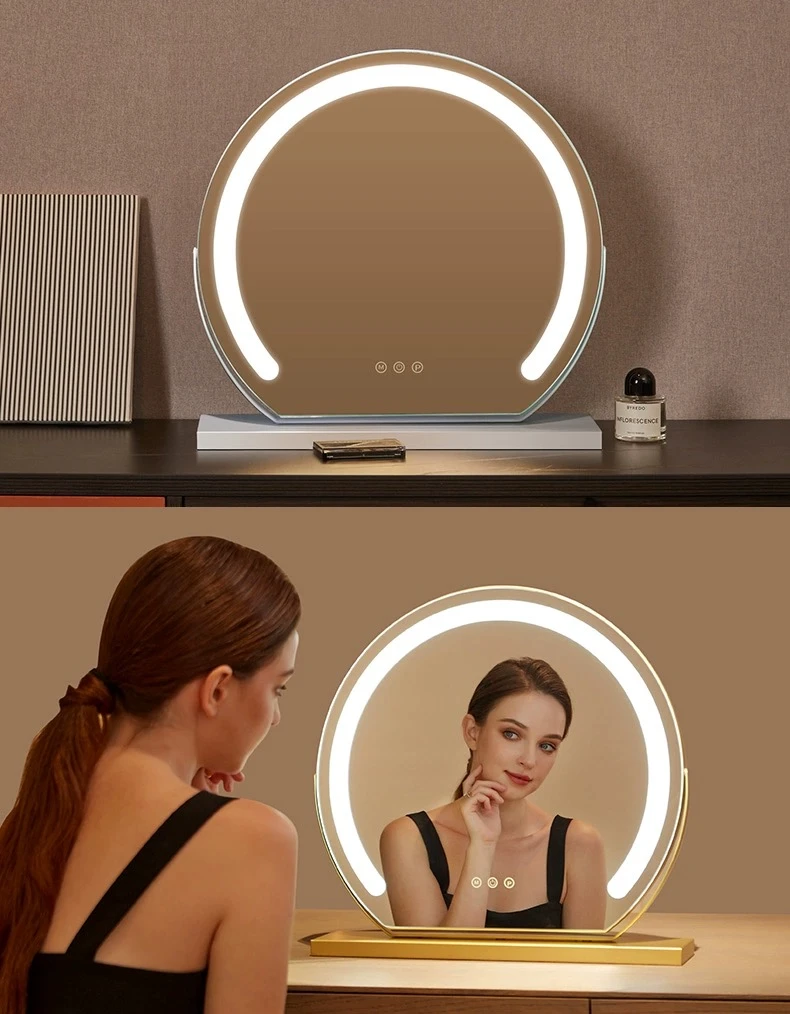

The Benefits and Applications of Anti-Reflective Glass
In the realm of modern technology and design, the importance of visual clarity and comfort cannot be overstated. One innovative solution that addresses these needs is anti-reflective glass. This specialized glass has transformed various industries by enhancing visibility, reducing glare, and improving aesthetic appeal. This article delves into the properties, advantages, and applications of anti-reflective glass, highlighting its significance in our daily lives.
Understanding Anti-Reflective Glass
Anti-reflective glass is treated to minimize reflections and maximize light transmission. This treatment involves applying a thin film coating that alters the surface properties of the glass. As a result, the glass allows more light to pass through while reflecting less, significantly improving visibility. This technology has been developed to cater to a wide range of uses, from optical devices to display screens, ensuring that users enjoy a clear, unobstructed view.
Advantages of Anti-Reflective Glass
1. Enhanced Visibility One of the primary benefits of anti-reflective glass is its ability to improve visibility. By reducing glare from ambient light, this glass allows users to see objects more clearly, whether it’s a watch face, a car windshield, or a computer screen. This is particularly important in environments where precise visibility is crucial, such as hospitals, laboratories, and even in everyday tasks like reading.
2. Aesthetic Appeal Anti-reflective glass enhances the visual appeal of products. For instance, in displays and showcases, this glass makes colors appear more vibrant and images sharper. In architectural applications, large glass windows treated with anti-reflective coatings allow for stunning views of the outdoors without compromising the building's design integrity.
3. Reduced Eye Strain Prolonged exposure to screens and reflective surfaces can lead to eye strain and fatigue. Anti-reflective glass mitigates these issues by minimizing reflections and distractions, making it easier for users to focus for extended periods. This advantage is particularly beneficial for professionals who spend long hours in front of monitors, such as graphic designers, gamers, and office workers.
4. Improved Durability Many anti-reflective coatings are designed to be scratch-resistant and durable, which adds to the longevity of the glass. This property is essential in applications ranging from eyewear to automotive glass, where maintaining clarity over time is vital.

Applications of Anti-Reflective Glass
The versatility of anti-reflective glass allows it to be used across numerous industries
1. Optics and Eyewear In the optical industry, anti-reflective coatings are applied to prescription glasses, sunglasses, and camera lenses. This application not only enhances the user’s vision but also improves the appearance of the eyewear by reducing reflections that can distract from the wearer's eyes.
2. Consumer Electronics Anti-reflective glass is commonly used in smartphones, tablets, televisions, and computer monitors. The reduction of glare improves the viewing experience, particularly in brightly lit environments. This technology has become a standard feature in many high-end electronic devices.
3. Architecture In modern architecture, energy-efficient buildings often utilize anti-reflective glass in windows and facades. This not only contributes to the aesthetic quality of the building but also enhances natural light penetration, reducing the need for artificial lighting and lowering energy costs.
4. Automotive In the automotive industry, anti-reflective glass is used in windshields and side windows. This application improves driver visibility while also enhancing the safety features of vehicles. Reducing glare from oncoming headlights can help prevent accidents at night.
5. Displays and Signage Anti-reflective glass is frequently utilized in display cases for art galleries and museums, as well as in digital signage. By minimizing reflections, it allows viewers to appreciate artwork or advertisements without distraction.
Conclusion
Anti-reflective glass represents a significant advancement in materials science that impacts various aspects of our lives. From enhancing our vision to improving product aesthetics and functionality, its applications are diverse and far-reaching. As technology continues to evolve, the demand for high-quality, visually appealing solutions like anti-reflective glass is likely to grow, shaping the future of design and usability. In a world increasingly reliant on screens and reflective surfaces, such innovations are not just beneficial—they are essential for improving our visual experience.